Home » Breast Augmentation in Turkey – Safe, Beautiful, Affordable
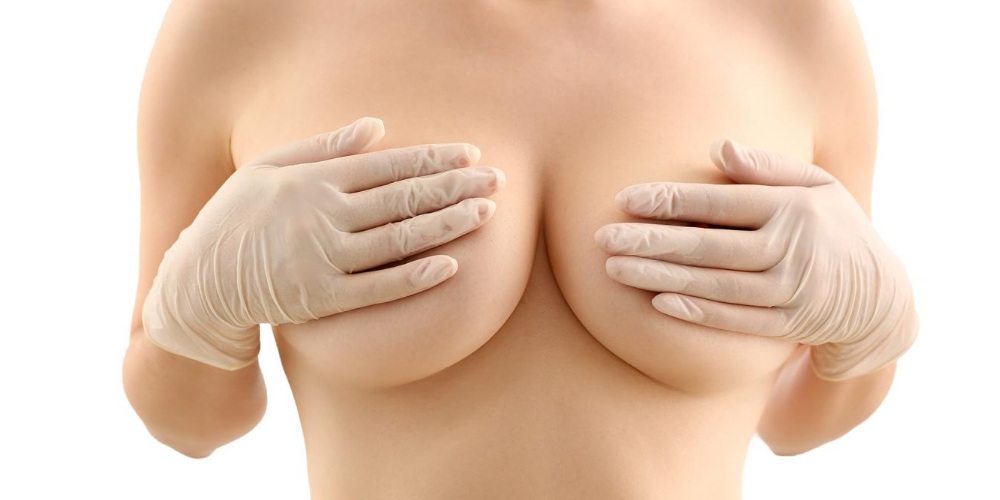
Breast augmentation surgery in Turkey (augmentation mammoplasty) encompasses a family of techniques whose primary goal is to enhance breast volume and shape to align better with a woman’s proportions and aesthetic goals. Depending on anatomy and preference, enlargement can be achieved with breast implants (silicone or saline), autologous fat transfer, or a hybrid augmentation (implants + fat grafting) to refine edges and upper-pole fullness.
In recent years, Turkey has emerged as one of the world’s most popular destinations for breast augmentation tourism. Patients choose Turkey for several reasons: highly trained plastic surgeons, internationally accredited hospitals, short waiting times, transparent all-inclusive packages, and a streamlined visa process. Istanbul, in particular, combines cultural magnetism with modern clinical infrastructure, making breast enlargement Istanbul an attractive, convenient option for international travelers.
This article covers everything you need to know about breast augmentation, including before, after, and recovery. We’ve compiled everything from how breast augmentation surgery works to the process, the requirements for and advantages of undergoing cosmetic surgery in Türkiye.
Several motivations lead women to consider breast augmentation Turkey. Some never developed the volume they wanted (micromastia), some lost fullness after pregnancy or weight changes, and others seek symmetry correction for naturally uneven breasts. Clothing fit—especially dresses, swimwear, and light bras—can be a daily frustration. For many, enhancing volume and projection restores bodily balance and the self-assurance to wear what they love.
Common goals include:
Restoring upper-pole fullness after pregnancy or weight loss.
Enhancing projection and cleavage for a more feminine contour.
Correcting asymmetry (different sizes or shapes).
Achieving proportional harmony with hips and shoulders.
Completing a “mommy makeover” to recover pre-pregnancy silhouette.
When women reach a point where shape and clothing limitations affect day-to-day life or self-image, augmentation mammoplasty offers a carefully planned, safe transformation with predictable improvements in proportion and confidence.
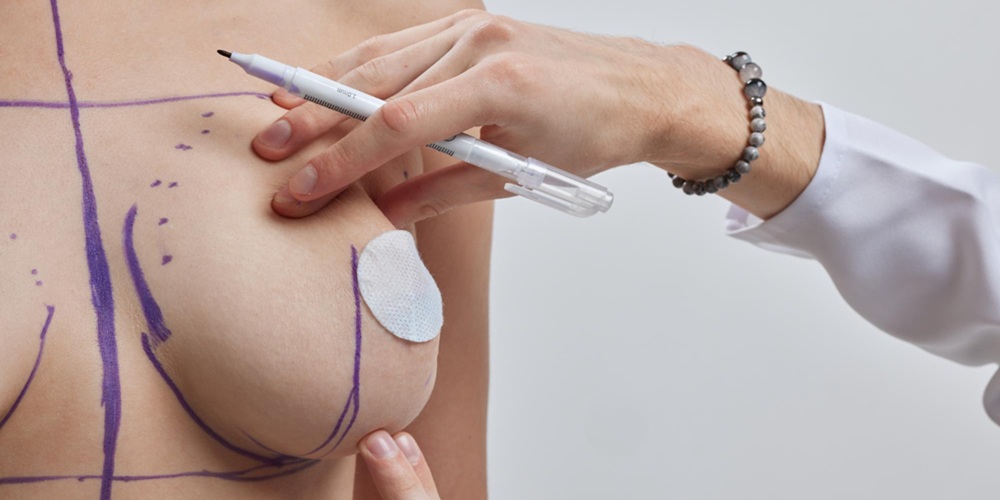
A breast implant is a medical prosthesis used in breast augmentation surgery (augmentation mammoplasty) or reconstruction to increase or restore the size, shape, and contour of the breasts. It is placed under the breast tissue or chest muscle to create fuller, more proportionate breasts.
There are different types of breast implants, each with unique properties:
Filled with cohesive silicone gel that mimics the feel of natural breast tissue.
Popular for their soft, natural look and touch.
Available in different forms:
Round implants → give more upper-pole fullness and cleavage.
Teardrop (anatomical) implants → shaped like a natural breast, with more volume at the bottom.
Modern “gummy bear” silicone implants maintain shape even if cut.
Filled with sterile salt water after insertion.
Require a smaller incision since they are placed empty and filled inside the breast pocket.
In case of rupture, the saline is absorbed by the body safely.
Tend to feel slightly firmer and may ripple more than silicone.
A type of saline implant with an internal structure that makes them feel more natural, reducing rippling.
Not technically an implant but sometimes used instead of or with implants.
Fat is taken from the patient’s body (abdomen, thighs, hips) and injected into the breasts.
Works best for modest increases or contour refinement.
Subglandular → placed directly behind the breast tissue (above the muscle).
Submuscular / Dual-plane → placed partly under the chest muscle, giving more natural coverage and reducing rippling.
Subfascial → under the thin fascia of the chest muscle, offering a balance between the two.
To increase breast size and volume.
To restore fullness lost after pregnancy or weight loss.
To correct asymmetry between breasts.
As part of breast reconstruction after mastectomy.
To enhance body proportion and confidence.
✅ In summary, breast implants are safe, well-studied medical devices designed to enhance breast appearance. When performed by an experienced plastic surgeon in an accredited clinic, breast implant surgery offers long-lasting, natural-looking results tailored to a patient’s goals and anatomy.
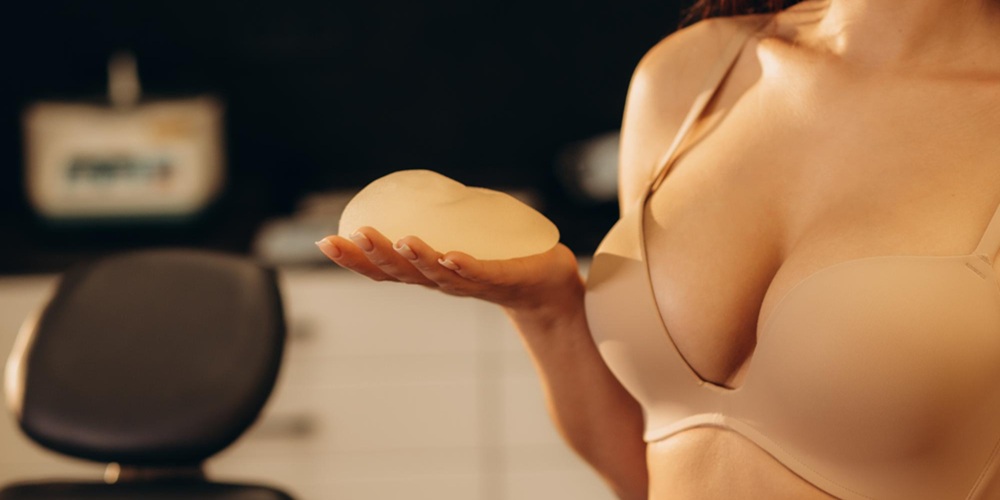
Volume loss (post-lactation involution) and moderate ptosis (droop) can make the chest appear flat in the upper pole with weight sitting low; bras must work harder to create a curve that is not naturally there. Asymmetry complicates bra shopping and leads to visible differences in fitted clothing. The result is often a limited fashion palette and ongoing dissatisfaction with the mirror image.
A well-planned breast augmentation—with implants, fat grafting, or both—rebuilds upper-pole shape and projection, softens edge transitions, and aligns breast size with frame. Women consistently describe a “rightness” in the way tops and dresses finally hang as intended, with a natural curve that doesn’t rely on padding.
Emotionally, patients often report greater body satisfaction, comfort with intimacy and swimwear, and renewed confidence in both social and professional contexts.
Physically, augmentation can:
While augmentation is primarily aesthetic, the quality-of-life uplift—confidence, wardrobe freedom, and long-standing asymmetry correction—can be profound.
Turkey’s appeal goes beyond cost. Its surgeons combine high case volume with international training, modern anesthesia, and meticulous sterile protocols. Departments of Plastic, Reconstructive & Aesthetic Surgery in Istanbul maintain long traditions of assessing and refining techniques: from implant selection (silicone vs saline; round vs anatomical/teardrop; smooth vs microtextured) to dual-plane pocketing, fat transfer enrichment, and internal bra concepts for better long-term support.
At leading centers, surgeons approach the chest wall as an architectural landscape. The chosen implant or fat volume, pocket plane, and areolar/nipple relationships are orchestrated to optimize projection, symmetry, and upper-pole shape—with scars kept minimal (usually inframammary or periareolar) and hidden in natural borders.
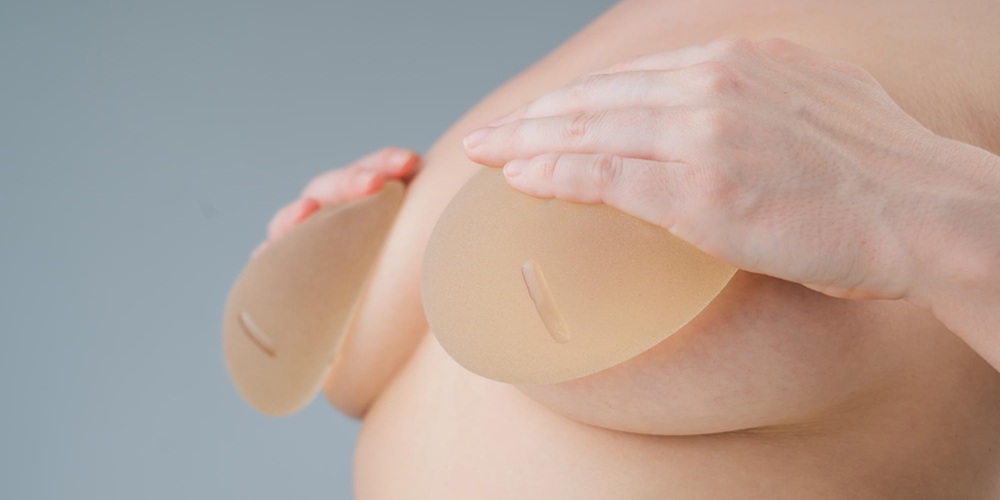
Breast implants remain the most predictable way to achieve a specific volume increase. Silicone gel (“gummy bear”) implants are popular for their soft, cohesive feel and natural drape; saline implants are an alternative where adjustability or smaller incisions are priorities. Implant shapes include round (emphasize upper pole and cleavage) and teardrop/anatomical (slope that mimics natural breast). Shell surface selection is individualized.
Fat transfer to the breasts re-purposes a patient’s own fat (e.g., abdomen, flanks, thighs) to fine-tune contour or modestly enlarge volume. It can smooth edges, enhance the décolleté, and correct asymmetries. Because graft survival varies, multiple sessions may be needed for large increases.
Hybrid augmentation (implant + fat) offers the most finesse: the implant delivers core volume and projection; fat grafting feathers the edges for a seamless, natural transition—especially valuable in thin women or those seeking subtle upper-pole softness.
A combination of advancing surgical methods, modern implants, and experienced case volumes has established Istanbul as a top choice for breast augmentation 2026. The city pairs cultural richness with efficient pricing and logistics. At Zaren Clinic, dedicated coordinators arrange hospital bookings, hotel partnerships, and VIP transfers. The consistent feedback: warm hospitality paired with precise clinical execution keeps stress low and satisfaction high.
International patients often highlight the blend of professionalism and empathy among surgical teams in Turkey. Consultations emphasize education and realistic planning—implant size in cc, base width to match the chest, projection profiles (low/medium/high), and pocket plane decisions (subglandular, subfascial, dual-plane, submuscular). The Turkish hospitality—punctual, courteous, attentive—helps transform a complex journey into a calm, guided experience
Pre-op Markings & Measurements
The surgeon maps landmarks: sternal notch, midline, inframammary fold (IMF), and breast footprint. Chest width, tissue pinch thickness, and nipple position guide implant base width and pocket choice.
Anesthesia & Safety
General anesthesia with modern monitoring. Some clinics add regional blocks or local infiltration to reduce post-op discomfort.
Incision Choice
Inframammary (IMF): Most common, predictable control, scar hidden in the fold.
Periareolar: Camouflaged at areola border (suitable anatomy required).
Transaxillary (armpit): Less common; endoscopic assistance may be used.
Pocket Creation
Dual-plane (partial submuscular) is common for natural slope and soft-tissue coverage; subglandular is considered with thick tissue and athletic demands; subfascial is a nuanced option between the two.
Implant Placement & Adjustments
Sizers may be used to preview volume and symmetry; implant chosen accordingly. Meticulous hemostasis and layer-by-layer closure follow.
Dressings & Support Bra
Support bra and steri-strips/tapes applied. Immediate post-op protocols start (analgesia, antibiotic stewardship per protocol, early ambulation).
Operating time: ~60–120 minutes for implants; +30–90 minutes when fat grafting is added.
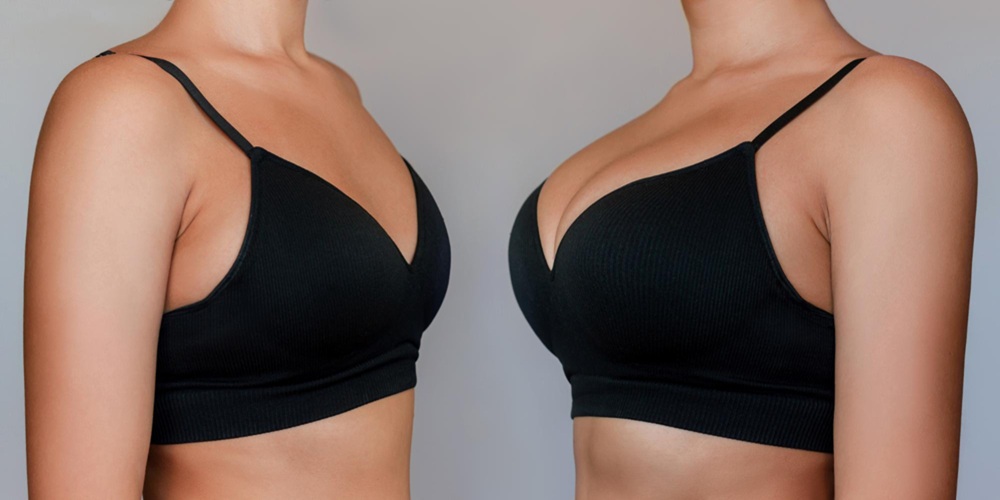
Augmentation mammoplasty is about volume, shape, and proportion:
Volume = implant cc or fat amount.
Shape = round vs teardrop; implant projection profile.
Proportion = base width matching chest; pocket plane dictating slope and edge visibility.
Edge finesse = fat transfer can soften transitions.
Scar logic = place a small scar where it hides naturally (IMF, areolar border).
The result is a tailored, three-dimensional design where the breast mound complements the torso and clothing drape.
Scars: Usually a small inframammary line concealed in the fold or a periareolar arc blending at the color junction. With good care (silicone therapy, sun protection), scars fade significantly over 12–18 months.
Sensation: Most patients maintain useful nipple sensation. Temporary changes are common as tissues adapt and swelling resolves. Permanent alteration is uncommon but possible.
Shape evolution: Expect upper-pole fullness early; implants “settle” (drop and fluff) over weeks to months as swelling decreases and the pocket conforms. Fat grafts consolidate during the first 3 months—volume stabilizes once the grafts are revascularized.
Istanbul’s unique setting is matched by Zaren’s concierge-style approach. From first message to post-op video check-ins, a dedicated patient coordinator manages communications, itinerary, and expectations. Your surgeon finalizes implant type/size/profile, indicates whether fat grafting adds value, and explains pocket choice for your anatomy and goals.
Patient stories consistently praise clear explanations, realistic sizing sessions, and calm, structured care on surgery day and the days after.
Assessment covers:
Outcome planning:
Your coordinator streamlines hotel reservations, driver schedules, garment fitting, and clinic visits. International travelers especially value having one consistent contact who knows their case, surgeon preferences, and daily plan—reducing anxiety and ensuring nothing is missed.
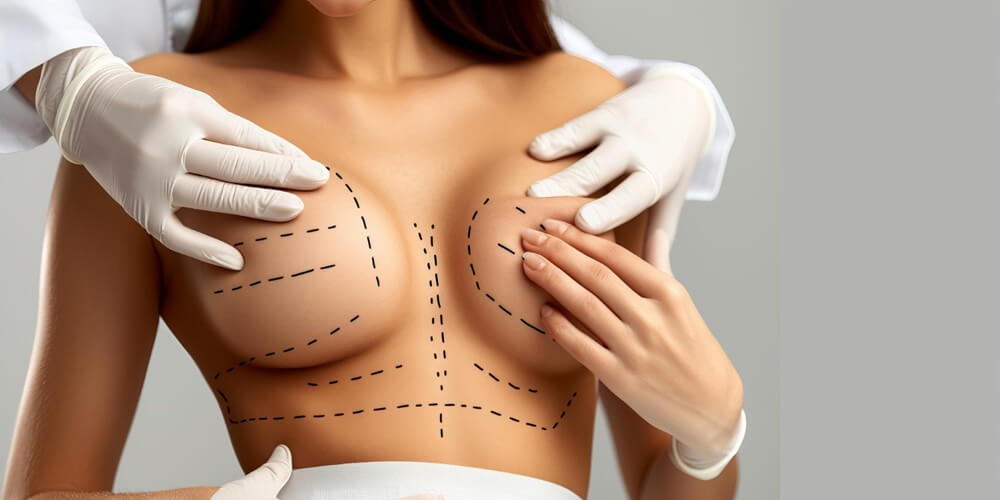
Breast augmentation cost Turkey is notably lower than in the UK/US/Western Europe, while adhering to international standards when you choose accredited providers.
Guide ranges (indicative):
Implants only (silicone): ~$3,200–$4,800
Hybrid augmentation (implants + fat): ~$3,900–$5,800
Fat transfer only (no implant): ~$3,200–$4,500 (often staged for larger goals)
Mommy makeover (augmentation + tummy tuck ± lipo): ~$6,800–$9,800
Your personalized quote reflects implant brand & warranty, hospital category, anesthesia time, and whether fat grafting or mastopexy (lift) is combined.
Quality all-inclusive breast augmentation Turkey packages typically include:
Surgeon, anesthesia, and hospital/OR fees
Pre-op tests and consults
FDA/CE-marked implant pair from recognized brands
Post-op meds and dressings
Support bra (and sometimes a secondary garment)
4–5★ hotel for designated nights
VIP airport & clinic transfers
Translator/coordinator services
Scheduled check-ups and remote follow-up
Transparent itemization helps you compare clinics fairly and prevents “hidden extras.”
| Country | Typical Cost Range | Notes |
|---|---|---|
| Turkey | $3,200–$5,800 | Often all-inclusive (implants, hospital, hotel, transfers); high case volume; modern facilities. |
| United Kingdom | £5,500–£9,500 | Prices often unbundled (OR, anesthesia, garments, follow-ups). |
| USA | $7,000–$12,500+ | Surgeon’s fee + facility/anesthesia; brand/tech preferences push costs higher. |
| Germany | €6,000–€9,500 | Strong clinical standards; line items typically separate. |
Net effect: Turkey delivers substantial savings at comparable safety when using accredited hospitals and reputable implant brands.
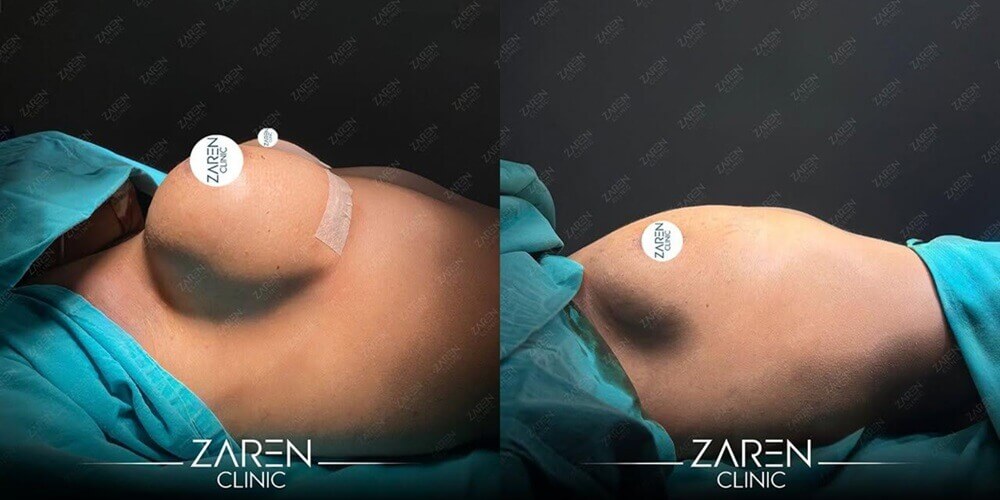
Before-and-after galleries show:
Improved upper-pole fullness and cleavage
Balanced proportions with hips/shoulders
Symmetry correction (one side sized to match the other)
Natural edge transitions, especially with hybrid augmentation
How much bigger can I go?
Sizing is individualized. Surgeons align base width, projection profile, and tissue tolerance to avoid an implant that’s too wide or too high-profile for the chest—critical for natural movement and long-term comfort.
Ideal candidates:
Desire fuller breasts or restored volume after pregnancy/weight loss
Seek improved cleavage and upper-pole contour
Want asymmetry correction
Have realistic expectations and a stable weight
Non-smokers (or willing to discontinue nicotine), in good health
If significant droop exists (nipples below the fold), a lift (mastopexy) may be recommended with augmentation for the most youthful, centered result.
Good signs:
Healthy BMI and no uncontrolled medical conditions
Commitment to garment wear and activity restrictions early on
Comfort with small hidden scar (IMF or periareolar)
Understanding of implant maintenance (rare but possible future exchange)
Relative cautions:
Nicotine exposure (impairs healing)
Unrealistic expectation for size beyond tissue limits
Planning pregnancy soon (volume/shape may change later)
Full disclosure during consultation enables precise risk mitigation and sizing accuracy.
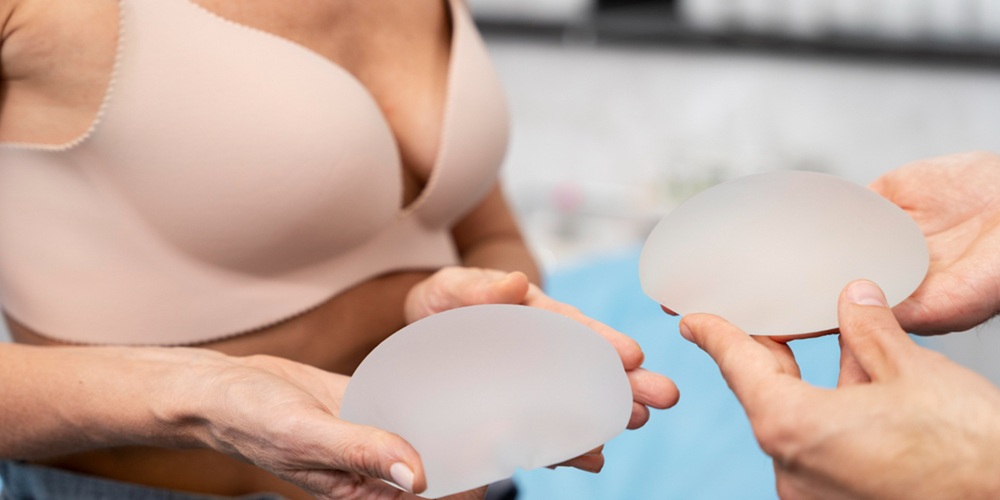
Recovery varies with implant size, pocket plane, and whether fat transfer or mastopexy is combined.
Typical pathway:
Days 1–3: Discomfort controlled with medication; gentle ambulation; sleep elevated.
Week 1: Many feel “pressure/tightness”; support bra 24/7; incisions protected.
Weeks 2–3: Desk work possible for many; swelling recedes; “drop and fluff” starts.
Weeks 4–6: Light cardio; avoid chest strain and overhead lifting.
Months 3–6: Shape settles; most activities resume.
Months 9–12: Final position/softness; scars lighten toward pale.
Garment compliance and posture awareness (avoid chest stretching early) are key to beautiful, symmetric results.
Avoid (early):
Heavy lifting/chest workouts
Sleeping prone (on the chest)
Smoking/nicotine; unprotected sun on scars
Swimming/sauna until cleared
Embrace:
Hydration and a protein-rich diet
Short, frequent walks to aid circulation
Silicone scar therapy when incisions are closed (per surgeon timing)
Follow-up visits (in person or remote)
A good program feels predictable:
Support bra timeline (typical): 6–8 weeks continuous wear, then step-down. Underwire is often delayed until comfort returns and scar maturity allows.
Scar evolution: pink → light brown/rose → pale over 12–18 months. Proactive management helps (silicone, sun avoidance, targeted lasers if indicated).
Work & travel: Many return to desk work in ~1–2 weeks; flying often possible 7–10 days after (clinic-specific).
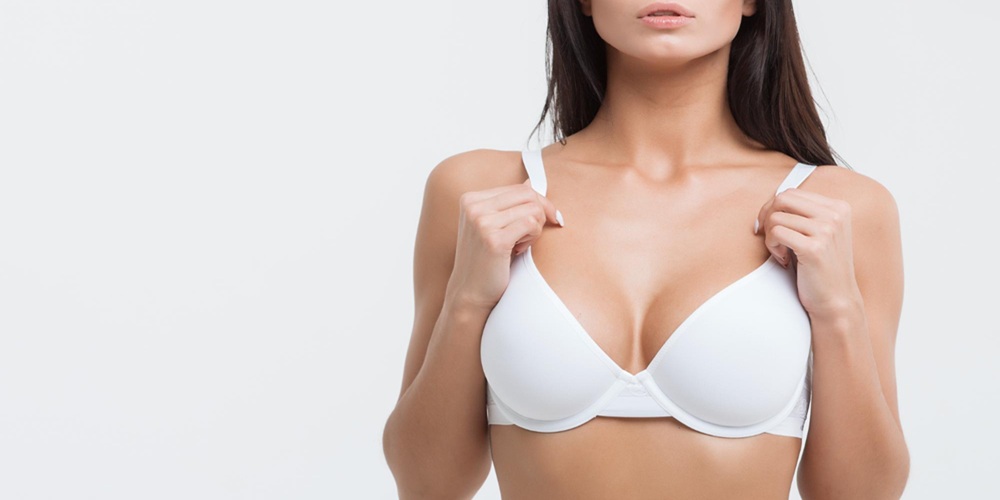
Safety hinges on surgeon expertise, hospital accreditation, implant quality, and structured aftercare. Leading centers follow JCI/ISO frameworks, modern anesthesia pathways, and evidence-based infection prophylaxis. DVT prevention, temperature management, and gentle tissue handling further reduce risk.
Choose well by checking:
Surgeon’s augmentation portfolio (before/after) and implant brand familiarity
Clear discussion of risks (infection, capsular contracture, malposition, asymmetry, sensation changes)
Pocket- and plane-specific considerations for athletes and future pregnancy plans
Warranty programs from implant manufacturers and clinic revision policies
High-quality clinics display accreditations and surgeon bios with training history, memberships, and focus areas (e.g., augmentation-mastopexy, hybrid augmentation). Independent reviews reveal bedside manner, responsiveness, and long-term satisfaction with shape, size, and softness.
You are entitled to clear information about benefits, alternatives, risks, and aftercare. A good program provides written checklists for travel, medication instructions, and post-op timelines (when to shower, drive, fly, exercise). Surgeons should explain implant choice, pocket strategy, and what to expect over the first year.
Patients highlight smooth scheduling, transparent pricing, and excellent aftercare. Many thank their coordinator for day-by-day guidance and the surgeon for right-sized recommendations that fit their frame and lifestyle. Common praise centers on natural look, soft feel, and symmetry—the hallmarks of well-planned augmentation.
Silicone gel implants (including gummy bear) feel more natural; saline offers adjustability and smaller incisions. Your tissue characteristics and goals guide selection.
Round often provides youthful upper-pole fullness; teardrop mimics natural slope. Preference, tissue, and pocket plane determine the best match.
Dual-plane is common for natural drape and coverage; subglandular may suit thicker tissues or athletes; subfascial is a nuanced middle ground.
Yes, for modest increases and edge refinement. Large volume goals may require multiple sessions or a hybrid approach.
If nipples sit below the fold, augmentation alone may not center them; a combined augmentation-mastopexy delivers the best shape/position.
There’s no exact “expiration date,” but long-term surveillance is wise. Some patients choose exchange or revision over time due to preference or anatomy changes.
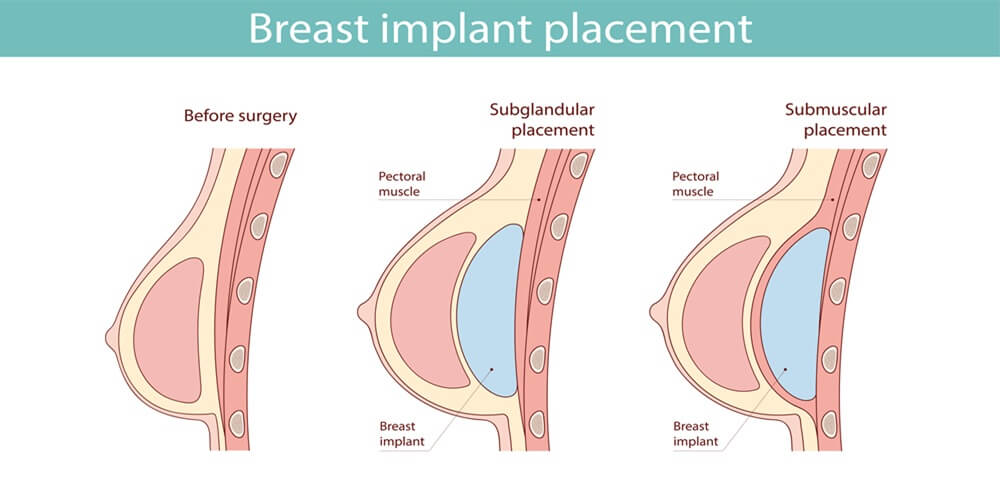
Walking from day one, light cardio by weeks 4–6; chest workouts later with surgeon clearance.
Infection, bleeding, asymmetry, capsular contracture, implant malposition/rotation, sensation changes, and need for revision. Accredited centers and adherence to instructions minimize risk.
Yes, but the final shape emerges over weeks to months as implants settle and swelling resolves.
For a safe breast augmentation abroad Turkey, the clinic you choose is as important as the implant you choose. Zaren Health stands out for:
Board-certified plastic surgeons with extensive augmentation portfolios
Internationally accredited hospitals and modern anesthesia protocols
Access to recognized implant brands with manufacturer warranties
All-inclusive breast augmentation Turkey packages (hotel, transfers, garments, meds, follow-ups)
Personalized planning—implants, fat transfer, or hybrid—to match your anatomy and goals
Transparent pricing and English-speaking coordinators for end-to-end support
Patients consistently praise their breast augmentation before and after Turkey outcomes and the calm, coordinated Zaren journey. If you want the best breast augmentation clinic Turkey experience—one that blends precision, empathy, and beautiful aesthetics—Zaren Health delivers.
Hello!